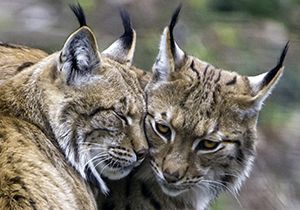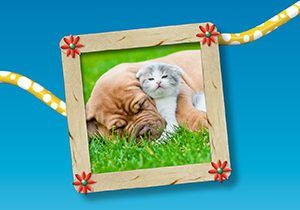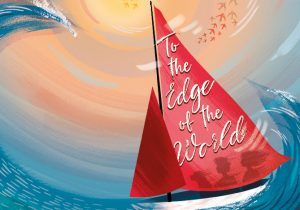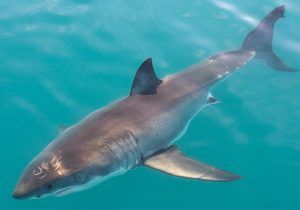
Star facts primary resource
Discover six stellar facts sure to blow your mind…
This primary resource features six fascinating facts about stars. How many stars are there in our galaxy? What is a ‘zombie star’? What’s the largest known star, and how long would it take to fly around it?!
In our National Geographic Kids Space primary resource, pupils will have the opportunity to learn about stars in our galaxy and the vastness of our universe.
The teaching resource can be used in study group tasks, as a printed handout for each pupil, or for display on the interactive whiteboard.
Activity: Ask pupils to carry out their own research on the stars in our galaxy, and our universe as a whole (they could use our other space primary resources). The children could then imagine they are on a mission through space, and write an account about the different stars, constellations, planets, moons and comets they see. Encourage them to include the facts they discover from their research, as well as diagrams and illustrations.
N.B. The following information for mapping the resource documents to the school curriculum is specifically tailored to the English National Curriculum and Scottish Curriculum for Excellence. We are currently working to bring specifically tailored curriculum resource links for our other territories; including South Africa, Australia and New Zealand. If you have any queries about our upcoming curriculum resource links, please email: schools@ngkids.co.uk
This Science primary resource and activity assist with teaching the following Upper Key Stage 2 Science (Year 5) objectives from the National Curriculum:
Pupils should be taught to:
-
- describe the movement of the Earth, and other planets, relative to the Sun in the solar system
- describe the movement of the Earth, and other planets, relative to the Sun in the solar system
-
- describe the movement of the Moon relative to the Earth
-
- describe the Sun, Earth and Moon as approximately spherical bodies
Pupils should learn that the Sun is a star at the centre of our solar system and that it has eight planets: Mercury, Venus, Earth, Mars, Jupiter, Saturn, Uranus and Neptune (Pluto was reclassified as a ‘dwarf planet’ in 2006). They should understand that a moon is a celestial body that orbits a planet (Earth has one moon; Jupiter has four large moons and numerous smaller ones).
This Science primary resource and activity assist with teaching the following Sciences Early level objectives from the Scottish Curriculum for Excellence:
-
I have experienced the wonder of looking at the vastness of the sky, and can recognise the sun, moon and stars and link them to daily patterns of life.
Scottish Curriculum for Excellence Sciences Second level objectives:
- By observing and researching features of our solar system, I can use simple models to communicate my understanding of size, scale, time and relative motion within it.
Scottish Curriculum for Excellence Sciences Third level objectives:
- By using my knowledge of our solar system and the basic needs of living things, I can produce a reasoned argument on the likelihood of life existing elsewhere in the universe.
Scottish Curriculum for Excellence Sciences Fourth level objectives:
- By researching developments used to observe or explore space, I can illustrate how our knowledge of the universe has evolved over time.
Download primary resource
More Like

Eurasian Lynx Facts!

Plastic-free presents you can make at home!

To the Edge of the World









LEAVE A COMMENT
THANK YOU
Your comment will be checked and approved shortly.
WELL DONE,
YOUR COMMENT
HAS BEEN ADDED!
COMMENTS
CUSTOMIZE YOUR AVATAR